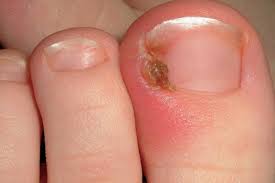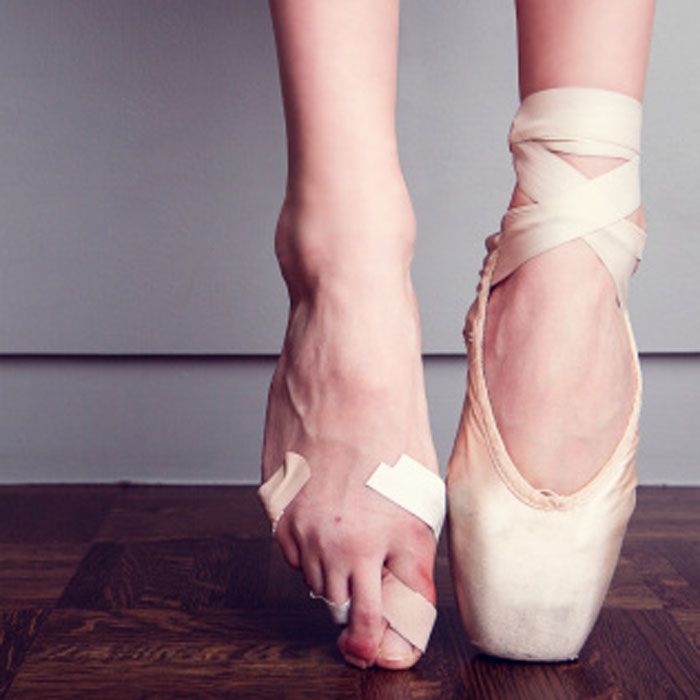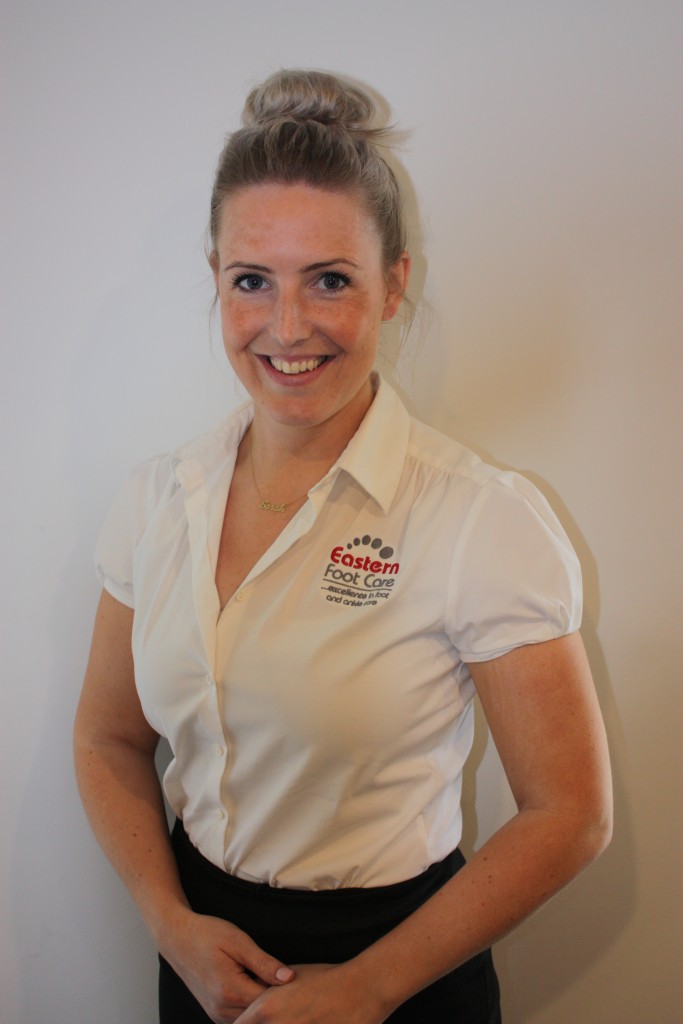Ingrown Toenails in Dancers
At some stage, most dancers have or will come across an ingrown toenail. The painful, red, hot, swollen, infected skin on the side of the nail that gets worse and worse.
You get home from dancing one night and just can’t put up with this pain anymore so decide to perform your very own ‘bathroom surgery’. With your Chemist Warehouse toenail clippers in hand you rinse them under hot water hoping for some sort of sterilisation. Then while gritting your teeth you cut that big bit of nail out which goes right down the side. There may be blood or pus but it gives you such instant relief and when you see the big spike of nail that you’ve pulled out you feel great satisfaction. You know though, that this will only last for a few weeks. Classmates can relate and even dance teachers suggest soaking the feet in methylated spirits to ‘harden them up’. You dance pain free for a few weeks but then that pressure, the pain and the infection returns. This routine can go on for years and continue to re-occur.
What is an Ingrown Toenail?
An ingrown toenail or Onychocryptosis is where there is a spike on the side or the corner of the nail that pushes into the surrounding skin. The Hallux (big toe) is usually the one affected however, it can occur on any nail.
nail that pushes into the surrounding skin. The Hallux (big toe) is usually the one affected however, it can occur on any nail.
Initially, it will become a bit sore and red. If left untreated it becomes swollen and infected with a yellow or green exudate weeping from the side of the nail. Any bump or knock to the toe will be agony and it will bleed easily.
It is so common in dancers and especially ballet dancers because the toes are pushed into ballet tights, squeezed into firm fitting ballet or pointe shoes and then worked for hours on end jumping, spinning and pointing the toes. While you are dancing the feet get very hot and sweaty which becomes a breeding ground for bacteria.
How can you prevent Ingrown Toenails?
The best prevention is to cut the toenails correctly. Cut straight across the top and don’t cut down the side of the toenail. File the edges of the toenail so that they aren’t sharp or pointy.
With previous trauma to one or many toenails it can make you more susceptible to developing an ingrown. For example a Subungual Haematoma (bruising/ bleeding underneath the toenail) which is a common dance injury can damage the toenail matrix and cause the toenail to fall off completely. This can result in the new toenail growing back thickened, discoloured, or ingrown.
What are the treatment options?
The best thing to do is see a Podiatrist as soon as these symptoms arise. The Podiatrist will give you advice on how to cut your toenails and show you the correct technique. They will also remove the offending nail spike using sterilised instruments so that infection will not occur and the nail can grow out without disrupting the surrounding skin anymore.
They may suggest that you will need antibiotics if the infection looks bad. Some ingrown toenails if left too long can even be too tender to touch. In this case the Podiatrist can safely inject a local anaesthetic into the toe so that the spike can be removed pain free.
Generally this will r esolve the issue however there are some persistent ingrown toenails that will continue to re-occur. In this case we may suggest toenail surgery. It’s not as scary as it sounds. We simply remove that ingrown wedge and apply a chemical to the toenail matrix so that it doesn’t grow back again. This is all performed in our clinic rooms and under local anaesthetic so it is pain free. There are a few redressing appointments post surgery that you will need to attend. And because dance involves the feet so much you must rest the toes for a couple of weeks. We usually suggest still attending your dance classes, watching and taking notes of the teacher, filming new choreography and just marking out the steps or positions barefooted if needed. You may feel like you are unable to take this break from dance while the toenail heals however the long term effects of never having an ingrown toenail or getting that pain or infection again is worth it.
esolve the issue however there are some persistent ingrown toenails that will continue to re-occur. In this case we may suggest toenail surgery. It’s not as scary as it sounds. We simply remove that ingrown wedge and apply a chemical to the toenail matrix so that it doesn’t grow back again. This is all performed in our clinic rooms and under local anaesthetic so it is pain free. There are a few redressing appointments post surgery that you will need to attend. And because dance involves the feet so much you must rest the toes for a couple of weeks. We usually suggest still attending your dance classes, watching and taking notes of the teacher, filming new choreography and just marking out the steps or positions barefooted if needed. You may feel like you are unable to take this break from dance while the toenail heals however the long term effects of never having an ingrown toenail or getting that pain or infection again is worth it.
Sarah is a Sports Podiatrist at Eastern Foot Care, and the Principal Dance Teacher at Beat 87 Dance Academy. She consults full time at Eastern Foot Care Knox. To make an appointment to see Sarah contact Eastern Foot Care Knox on (03) 9887 2233.
